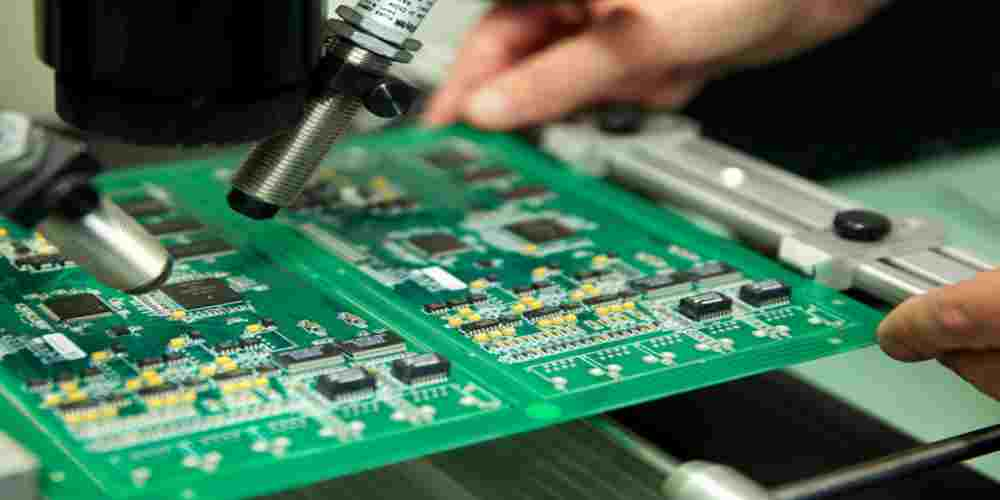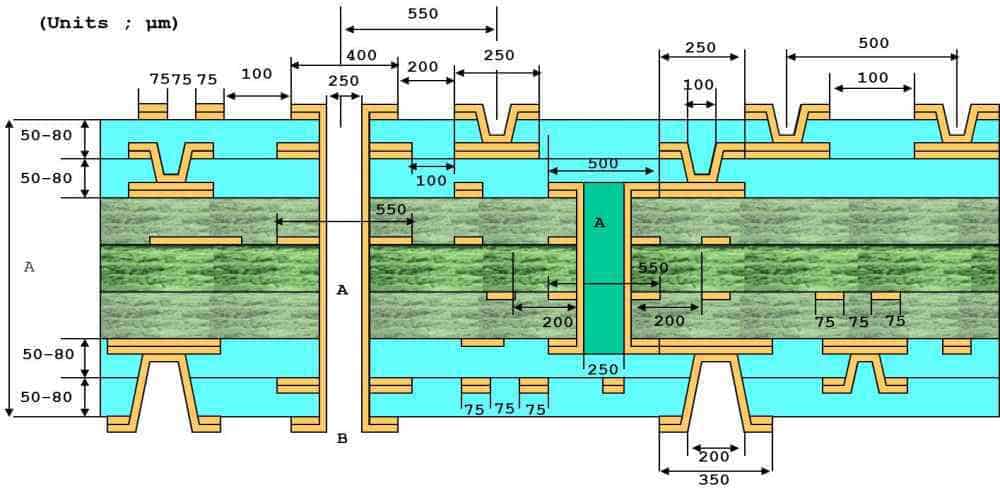Dual power supply PCB layout is a crucial aspect of electronic design that is often overlooked. A dual power supply is a type of power supply that provides both positive and negative voltage outputs. It is commonly used in electronic circuits that require both positive and negative voltages to function properly. The layout of the PCB for a dual power supply is critical to ensure that the positive and negative voltages are properly isolated and that there is no interference between them.
The design of a dual power supply PCB layout requires careful consideration of several factors, including the size and shape of the board, the placement of components, and the routing of traces. The layout must be optimized to minimize noise and interference, and to ensure that the power supply is stable and reliable. Proper grounding is also essential to ensure that the circuit operates correctly and that there is no risk of electrical shock or damage to the components.

Basics of Dual Power Supply PCB Layout
Designing a dual power supply PCB layout can be a challenging task for beginners. A dual power supply is a type of power supply that provides both positive and negative voltage outputs. The positive and negative voltage outputs are essential for powering op-amps, amplifiers, and other analog circuits.
To design a dual power supply PCB layout, you must first understand the basics of power supply circuits. A power supply circuit consists of a transformer, rectifier, filter, and regulator. The transformer steps down the AC voltage to a lower voltage, which is then rectified and filtered to produce a DC voltage. The regulator ensures that the output voltage remains constant, regardless of the input voltage or load.
When designing a dual power supply PCB layout, it is essential to separate the positive and negative voltage outputs. This can be achieved by using separate ground planes for the positive and negative voltage rails. The ground planes should be connected at a single point, usually at the power supply input.
Another critical aspect of dual power supply PCB layout is to minimize noise and interference. This can be achieved by using proper decoupling capacitors, minimizing the length of the power supply traces, and using ground planes to shield sensitive components.
In summary, designing a dual power supply PCB layout requires a good understanding of power supply circuits and attention to detail. By separating the positive and negative voltage outputs and minimizing noise and interference, you can create a reliable and efficient dual power supply PCB layout for your analog circuits.
Components of Dual Power Supply PCB Layout
A dual power supply is a circuit that provides both positive and negative voltages. The components used in a dual power supply PCB layout are similar to those used in a single power supply, but with some additional components.
Transformer
The transformer is the heart of the dual power supply circuit. It converts the AC voltage from the mains to the required dual voltage. The transformer should have two secondary windings, one for the positive voltage and the other for the negative voltage.
Rectifier
The rectifier converts the AC voltage to DC voltage. A bridge rectifier is commonly used in dual power supply circuits. It consists of four diodes arranged in a bridge configuration.
Capacitors
Capacitors are used to smooth the DC voltage and filter out any AC noise. The capacitors used in a dual power supply circuit should have a high voltage rating and a large capacitance value.
Voltage Regulators
Voltage regulators are used to regulate the output voltage of the power supply. They ensure that the output voltage remains constant even when the input voltage or load changes. The most commonly used voltage regulators in dual power supply circuits are LM317 and LM337.
LED Indicator
An LED indicator is used to indicate the status of the power supply. It is connected in series with a resistor across the positive and negative terminals of the power supply.
In conclusion, the components used in a dual power supply PCB layout are similar to those used in a single power supply, but with some additional components. The transformer, rectifier, capacitors, voltage regulators, and LED indicator are the essential components of a dual power supply circuit.
Designing Dual Power Supply PCB Layout

Designing a dual power supply PCB layout is a crucial aspect of circuit design, especially for devices that require both positive and negative voltages. Here are a few key considerations to keep in mind when designing a dual power supply PCB layout:
1. Component Placement
When designing a dual power supply PCB layout, it is important to place the components in a way that minimizes noise and interference. This can be achieved by separating the power supply components from the signal components and routing the power supply traces away from the signal traces. Additionally, placing decoupling capacitors close to the power supply pins of the components can help reduce noise and improve stability.
2. Ground Plane
A solid ground plane is essential for a dual power supply PCB layout. It helps to reduce noise and interference by providing a low-impedance path for the return current. The ground plane should be placed on the bottom layer of the PCB, and it should be connected to the power supply ground at a single point to avoid ground loops.
3. Trace Routing
Trace routing is another important aspect of designing a dual power supply PCB layout. The power supply traces should be routed in a way that minimizes their length and reduces the chances of crosstalk and interference. It is recommended to use wider traces for power supply lines to reduce their resistance and voltage drop.
4. Thermal Management
Dual power supply circuits can generate a significant amount of heat, especially when high currents are involved. Therefore, it is essential to consider thermal management when designing the PCB layout. This can be achieved by placing heat sinks on the power supply components and using thermal vias to transfer heat to the bottom layer of the PCB.
In conclusion, designing a dual power supply PCB layout requires careful consideration of component placement, ground plane, trace routing, and thermal management. By following these guidelines, you can create a stable and reliable dual power supply circuit that meets your design requirements.
Tips for Dual Power Supply PCB Layout

When designing a dual power supply PCB layout, there are a few tips that can help ensure a successful design. Here are some key considerations to keep in mind:
-
Keep the ground plane separate: To avoid ground loops and interference, it’s important to keep the ground plane separate for each power supply. This means creating two separate ground planes, one for the positive supply and one for the negative supply.
-
Use decoupling capacitors: Decoupling capacitors help to filter out noise and provide stable power to the circuit. It’s important to place them as close as possible to the power pins of the ICs they are intended to serve.
-
Minimize trace lengths: Longer traces can introduce resistance and inductance, which can affect the performance of the circuit. To minimize these effects, keep trace lengths as short as possible.
-
Use proper thermal management: Dual power supply circuits can generate a lot of heat, particularly if they are powering high-current loads. It’s important to design the PCB with proper thermal management in mind, such as using heat sinks or thermal vias.
-
Consider component placement: The placement of components can have a significant impact on the performance of the circuit. For example, placing high-current components near the power supply can help to minimize voltage drops.
By keeping these tips in mind, you can design a dual power supply PCB layout that is reliable, efficient, and effective.

